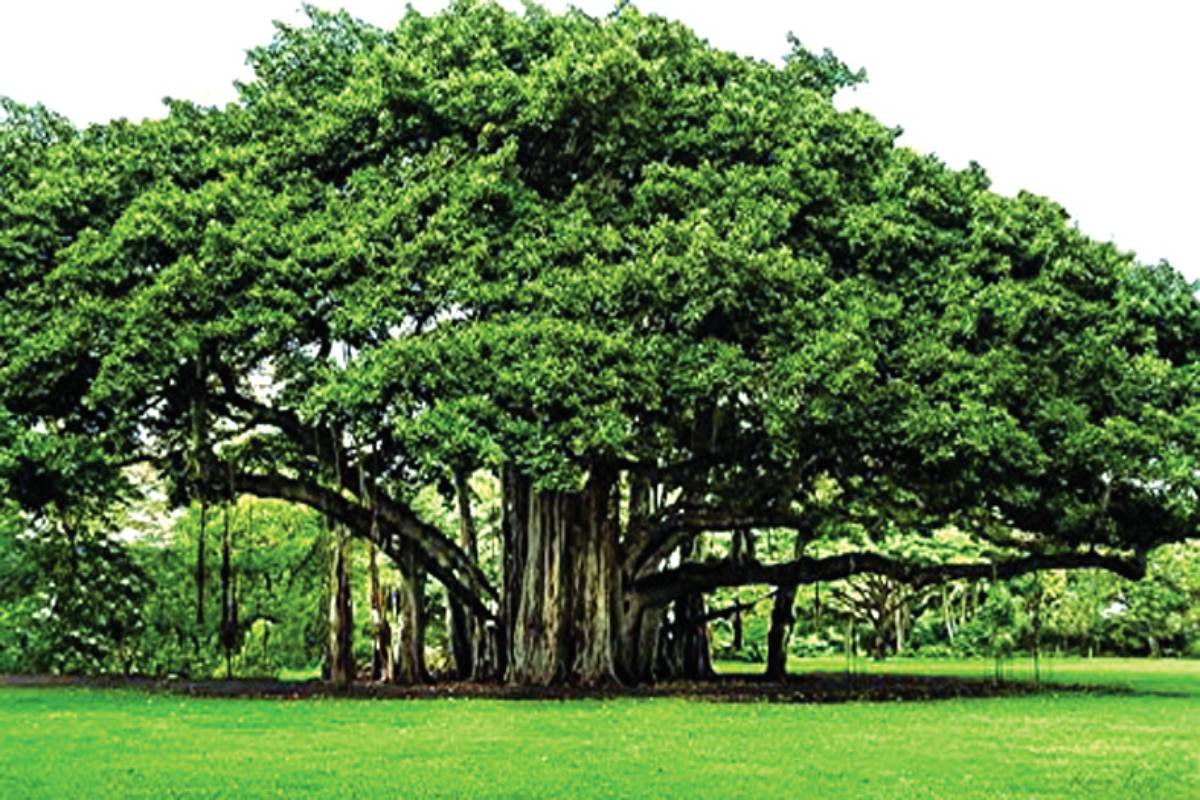State’s first green road in East Burdwan
After having the state's first blue road, East Burdwan now has a green road, a pioneering effort in Bengal, which is now set to be opened for public use.
“Conventionally, villages accommodate such giant trees at burning ghats or at burial grounds. Even school grounds also have banyan trees.”

To refurbish nature’s oxygen bank at a time when global warming has pushed a district like East Burdwan to feel the heat at even 44 degrees Celsius, the zilla parishad has set to bank heavily on extensive plantation of banyan trees country’s national tree.
“From 16 June, we’ve decided to plant at least one banyan tree in every village and the district shall have 4,000 new banyan trees in a month,” said Shampa Dhara, sabhadhipati of the East Burdwan zilla parishad. She added, “In case, a village is already having a strong banyan tree, we’ve substitutes like neem, Spanish cherry (bakul) or burflower (kadam) for such villages. The respective panchayats will be forwarded instructions for the purpose in a day or two.”
A banyan tree, as explained Arup Chowdhury, a government school teacher popularly known as ‘Gaachh Master’ for his remarkable contribution to plantation movement by volunteering 3.20 lakh plants across the district: “A banyan tree truly can be described as an oxygen cylinder. Besides, it is a very significant part of our ecosystem by extending multiple benefits to the living. It’s very encouraging that the zilla parishad has decided to go for extensive plantation of banyan saplings aiming to recharge the nature as urbanization claimed uncountable trees in recent years.”
Advertisement
The ZP has prepared a road map for the plantation in which the road crossings or entrances of the villages are preferred. Gaachh Master, however, said, “Conventionally, villages accommodate such giant trees at burning ghats or at burial grounds. Even school grounds also have banyan trees.”
A banyan tree is popularly known for its ability to emit a large quantity of oxygen. “Planting such trees, we suppose, can be extremely beneficial as they ensure the purity of air by reducing the level of Carbon Dioxide,” Dhara said.
East Burdwan accommodates 2,177 inhabited localities. The divisional forest authorities in the district assume that around 70,000 banyan and neem trees are in the area currently. Somnath Chowdhury, ADFO, Burdwan, said, “It’s very encouraging that the zilla parishad has prepared such a plan. We usually plant 1600 saplings in one hectare. In case of giant trees like banyan and neem, the figure may vary as such trees claim large spaces.”
Advertisement